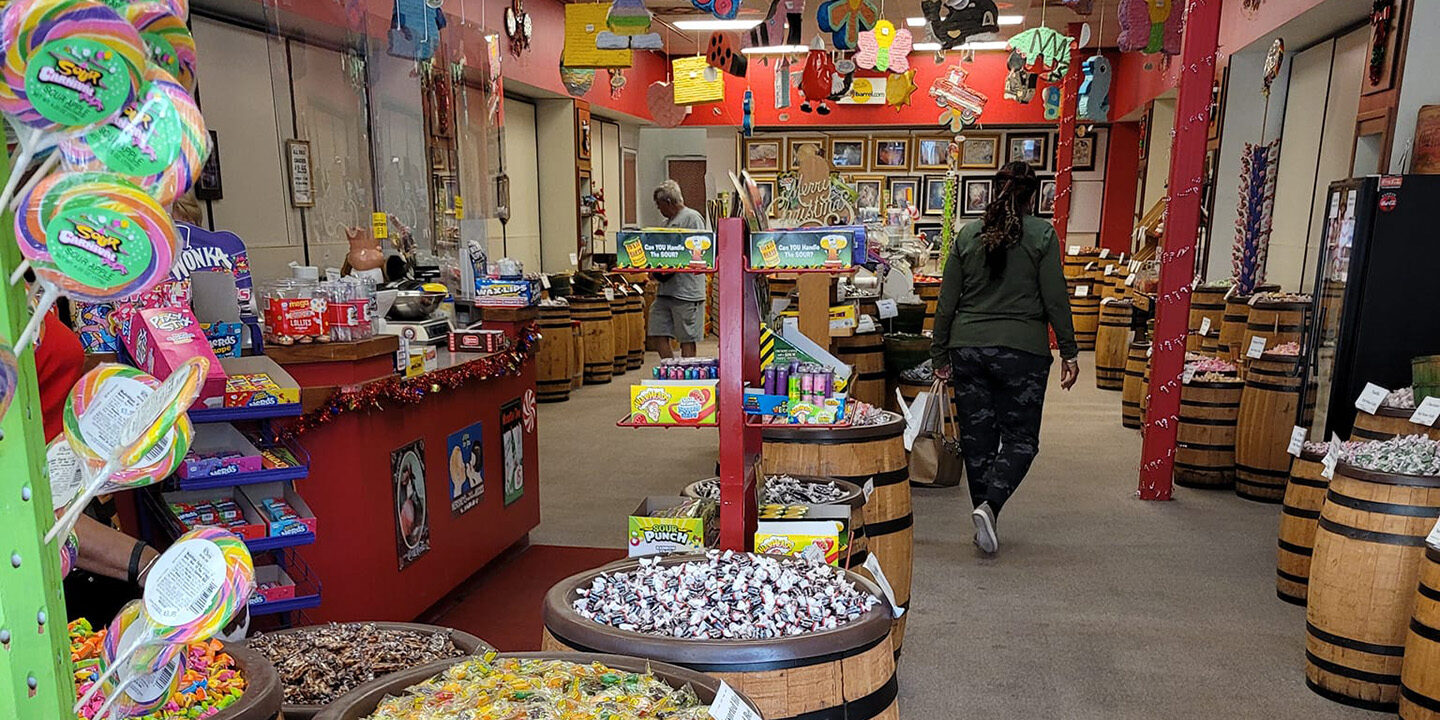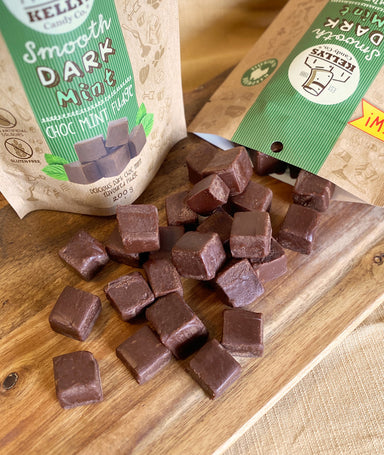The 5-Minute Rule for I Luv Candi
The 5-Minute Rule for I Luv Candi
Blog Article
5 Simple Techniques For I Luv Candi
Table of ContentsThe Main Principles Of I Luv Candi Top Guidelines Of I Luv Candi5 Easy Facts About I Luv Candi Explained10 Easy Facts About I Luv Candi DescribedAn Unbiased View of I Luv Candi
We've prepared a great deal of service strategies for this kind of task. Below are the usual consumer sectors. Consumer Sector Summary Preferences Exactly How to Discover Them Kids Youthful clients aged 4-12 Vibrant candies, gummy bears, lollipops Partner with local schools, host kid-friendly occasions Teenagers Teens aged 13-19 Sour sweets, uniqueness products, stylish treats Engage on social networks, work together with influencers Parents Adults with young kids Organic and healthier alternatives, nostalgic sweets Deal family-friendly promos, market in parenting publications Pupils School students Energy-boosting candies, budget-friendly snacks Partner with neighboring universities, promote during test durations Gift Shoppers People trying to find presents Premium chocolates, present baskets Produce appealing displays, offer personalized gift options In analyzing the economic characteristics within our sweet shop, we've discovered that consumers generally spend.Observations show that a normal client frequents the store. Specific durations, such as holidays and unique events, see a rise in repeat sees, whereas, during off-season months, the regularity may decrease. chocolate shop sunshine coast. Computing the lifetime worth of an average client at the sweet store, we approximate it to be
With these factors in consideration, we can reason that the ordinary income per consumer, over the training course of a year, hovers. The most rewarding customers for a candy store are usually families with young kids.
This market often tends to make frequent purchases, boosting the shop's earnings. To target and attract them, the candy store can employ vibrant and lively advertising and marketing strategies, such as lively display screens, memorable promotions, and maybe also organizing kid-friendly events or workshops. Developing a welcoming and family-friendly atmosphere within the store can also improve the total experience.
Examine This Report about I Luv Candi
You can also estimate your own profits by using different assumptions with our financial prepare for a sweet store. Average monthly revenue: $2,000 This sort of sweet store is typically a little, family-run business, perhaps recognized to residents but not attracting huge numbers of vacationers or passersby. The store might supply an option of usual candies and a few homemade deals with.
The store doesn't usually lug uncommon or costly items, concentrating rather on affordable deals with in order to preserve normal sales. Thinking a typical spending of $5 per client and around 400 customers each month, the regular monthly revenue for this sweet-shop would certainly be around. Average month-to-month income: $20,000 This candy shop take advantage of its calculated location in a hectic urban area, attracting a big number of customers seeking wonderful extravagances as they shop.
Along with its diverse sweet selection, this store could also market relevant items like gift baskets, sweet arrangements, and novelty products, providing several earnings streams - da bomb. The shop's location needs a greater spending plan for rent and staffing however leads to higher sales volume. With an approximated average costs of $10 per customer and about 2,000 clients each month, this shop could generate
Little Known Facts About I Luv Candi.
Situated in a significant city and vacationer location, it's a big establishment, frequently spread over numerous floorings and potentially component of a nationwide or worldwide chain. The store supplies an enormous variety of sweets, consisting of exclusive and limited-edition things, and product like branded garments and devices. It's not just a shop; it's a destination.
The functional prices for this type of store are significant due to see it here the location, size, team, and features provided. Thinking an average purchase of $20 per client and around 2,500 consumers per month, this flagship shop could accomplish.
Group Examples of Costs Typical Monthly Cost (Variety in $) Tips to Lower Expenditures Rent and Utilities Store lease, electricity, water, gas $1,500 - $3,500 Think about a smaller sized area, negotiate rent, and utilize energy-efficient lights and appliances. Inventory Candy, snacks, packaging products $2,000 - $5,000 Optimize supply monitoring to reduce waste and track popular products to prevent overstocking.
Advertising And Marketing Printed matter, online ads, promotions $500 - $1,500 Concentrate on affordable digital advertising and marketing and make use of social media sites systems for free promotion. camel balls candy. Insurance policy Business responsibility insurance policy $100 - $300 Store around for affordable insurance coverage rates and think about bundling policies. Tools and Upkeep Money registers, display racks, fixings $200 - $600 Buy previously owned tools when possible and carry out regular maintenance to expand devices life expectancy
6 Easy Facts About I Luv Candi Shown
Bank Card Processing Costs Charges for refining card repayments $100 - $300 Negotiate reduced processing charges with payment processors or explore flat-rate alternatives. Miscellaneous Workplace supplies, cleansing materials $100 - $300 Acquire wholesale and look for discount rates on products. A candy shop becomes successful when its total profits exceeds its overall set costs.

A huge, well-located sweet-shop would undoubtedly have a higher breakeven factor than a small shop that does not need much earnings to cover their expenses. Interested about the productivity of your sweet-shop? Try out our user-friendly economic strategy crafted for sweet-shop. Simply input your very own presumptions, and it will assist you calculate the amount you require to gain in order to run a rewarding business.
The smart Trick of I Luv Candi That Nobody is Discussing

Finally, economic slumps that minimize customer costs can impact sweet-shop sales and earnings, making it crucial for sweet stores to manage their expenses and adapt to changing market problems to remain successful. These risks are often consisted of in the SWOT analysis for a sweet-shop. Gross margins and internet margins are crucial signs used to gauge the productivity of a sweet-shop business.
Basically, it's the revenue remaining after subtracting expenses directly pertaining to the sweet stock, such as acquisition expenses from providers, production expenses (if the candies are homemade), and team incomes for those associated with manufacturing or sales. Web margin, conversely, variables in all the costs the candy shop incurs, consisting of indirect expenses like management costs, advertising, rent, and tax obligations.
Candy shops generally have a typical gross margin.For circumstances, if your sweet store makes $15,000 per month, your gross earnings would be approximately 60% x $15,000 = $9,000. Consider a sweet shop that marketed 1,000 candy bars, with each bar priced at $2, making the overall earnings $2,000.
Report this page